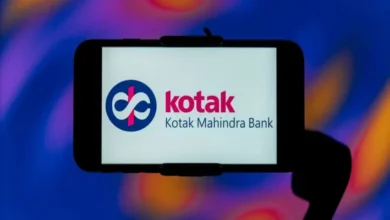While electric scooters have tremendous promise, to reach their potential, there first needs to be some technological breakthroughs. Some challenges that are preventing the masses from adopting electric scooters are mentioned below.
Electric scooters have a short-range
Today six million scooters are sold annually in India; of these only 126,000 are electric scooters. One of the biggest reasons so few electric scooters are sold is that their range is very limited.
Even after an electric scooter’s battery is fully charged, its range is limited to 100 or 150 kilometres. Many electric scooters range is even shorter. This presents a challenge as electric scooters are competing against scooters that run on petrol.
A scooter that runs on petrol has unlimited range because petrol stations are found everywhere. Before the masses adopt electric scooters, manufacturers will have to find a way to increase their range considerably.
Also, the development of infrastructure that lets electric scooters be recharged will go a long way in improving the popularity of these two-wheelers. Once recharging stations grow in number, demand for electric scooters will grow as well.
Shoddy Chinese products
Another reason electric scooters popularity is low is that consumer perception of such two-wheelers was marred by the entry of cheap Chinese brands in the early part of this decade. Several Chinese brands that manufactured electric scooters entered India in 2013.
The scooters they made had a range of about 60 kilometres and a top speed of 30kmph. Consumers experience with this range of scooters was abysmal. Many early adopters who wanted to own electric scooters bought these Chinese vehicles but were disappointed with their quality.
For this reason, some even today do not feel comfortable using electric scooters despite the technology inside them having developed considerably.
Thankfully, the newest electric scooters are winning consumers over. Some of the leading electric scooter brands in India are garnering much attention. This newer generation of scooters are manufactured by Indian companies and are designed keeping domestic preferences in mind.
That is why though the market share for electric scooters in India is still small;, it is growing steadily. By the middle of this decade, electric scooters could become ubiquitous.
Pricing
A premium electric scooter has a long-range, smart tag, fast charging capability, and futuristic design. For it to be successful, it must be priced between 95K to 1.1 lakh rupees. On the other hand, a standard electric scooter that has a range of 80km and a top speed of 60kmph to 70kmph cannot be priced over 75K.
However, existing manufacturers have been slow to address the fact that premium and standard electric scooters need to be priced at these particular price points. Owing to this mismatch between what consumers are willing to pay and what manufacturers are asking, fewer electric scooters are being sold than should be.
With that said, the government’s effort to encourage consumers to use electric scooters is having a positive effect. The Indian government is subsiding electric scooters which is one reason why their adoption is growing.
However, the government needs to do more to facilitate the adoption of electric scooters. It needs to create the physical infrastructure that allows electric scooters of every specification to flourish. With such support in place, demand for low-end scooters that have a limited range will increase substantially.
With the government and private sector working together, it may take as little as five years for electric vehicles to become commonplace.
Very little value for money
Today, in the 60K to 75K rupee price range, there is no electric scooter that offers value for money. There are scooters in the market priced around 1 lakh rupees. Yet, consumers are willing to purchase them only at a substantially lower price. Had these scooters been priced from 60K to 75K, they would sell much better.
Right now, when a consumer has a budget of approximately 60K and can choose between an electric scooter or a scooter with an internal combustion engine, he or she is far more likely to buy the latter. This is because, as of now, there is no electric scooter that can compete with a traditional scooter at lower price points.
The challenges facing electric scooters are many, yet they are not insurmountable. It is a certainty that over the next few years buoyed by innovation, better infrastructure, and government action, demand for electric scooters will increase considerably.
Source: Yourstory




